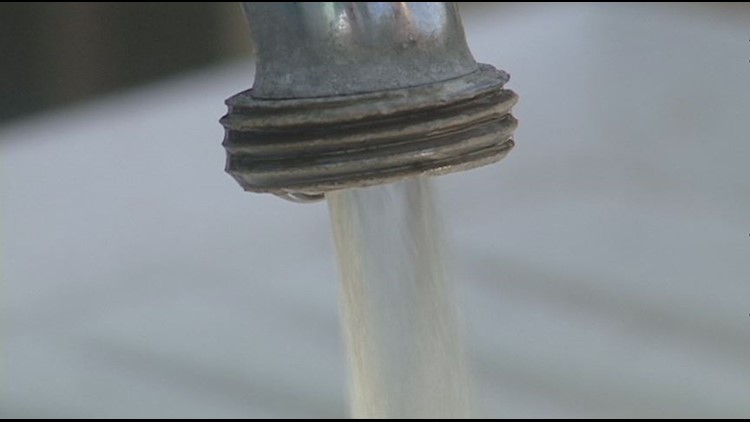Katie Moore / Eyewitness News
Email: kmoore@wwltv.com | Twitter: @katiecmoore
NEWORLEANS- Many metro-area parishes are taking a close look at their water purification systems after the Louisiana Department of Health and Hospitals asked some to increase their chlorine levels.
To see the entire list of chloramine-based water systems in Louisiana, click here.
It was a precautionary move in the fight against the brain-eating amoeba, but now some parish leaders are concerned the increases in chlorine will violate chlorine byproduct standards set by the Environmental Protection Agency.
DHH is still asking residents in at least two parishes to keep it out of their noses. The Centers for Disease Control and Prevention found the brain-eating amoeba in two Louisiana water systems: DeSoto Parish and St. Bernard Parish.
'When we reach the one part-per-million to the system, we're gonna maintain that level for 60 days. We'll continue testing during that period,' said St. Bernard Parish President David Peralta.
DHH will ultimately be the agency to declare when residents no longer need to follow CDC safety guidelines for using tap water. Parish leaders, and DHH, do say the water is safe to drink because stomach acid would kill the amoebas, in case there were any in it.
Both DeSoto and St Bernard use chloramine to clean their water. It's a combination of chlorine and ammonia.
'The two systems where we found the amoeba, that was the chemical combination that was being used,' said Jimmy Guidry, the state health officer for the La. Department of Health and Hospitals.
That's why DHH asked all Louisiana water systems that use chloramine to clean the water to up their chlorine levels as a precaution.
Affected parishes include Orleans, Jefferson, Plaquemines, St. Charles, and St. John.
'The bottom line is we need to move forward with the additional chlorine, the chlorine burns in our water system to make sure that there are no amoebas and then we'll deal with whatever else comes out of that with the EPA and the Department of Health and Hospitals,' said St. John Parish President Natalie Robottom.
She said her water system began increased testing and conducted its first so-called 'chlorine burn' several weeks ago, after St. Bernard tested positive for the amoeba. Robottom also said St. John was getting ready to conduct another burn, and that residents could expect to smell the increased chlorine from the tap for a few days.
DHH's chlorine requirement for those 85 chloramine water systems would put them over EPA standards for chlorine by-products. Those standards are why many of the systems use chloramine in the first place.
'The conversations that we have yet to have with EPA is with these increased levels of chlorine because of the amoeba, are they going to allow us to be over their standards for the byproducts for a short period of time,' Guidry said.
WWL-TV asked the EPA whether those parishes would be fined or held in violation of the standards. We got no response from the EPA because of the government shutdown.
DHH says the CDC did complete the tests with a skeleton crew, but their staffers are no longer on the ground in Louisiana. That has left DHH trying to do what's safest for the residents, while waiting for answers from the feds.
Guidry also said Thursday that the increased chlorine requirements may become permanent. They sent a letter to the EPA asking about the chlorine byproduct standards, but hadn't gotten a response by Thursday evening.



